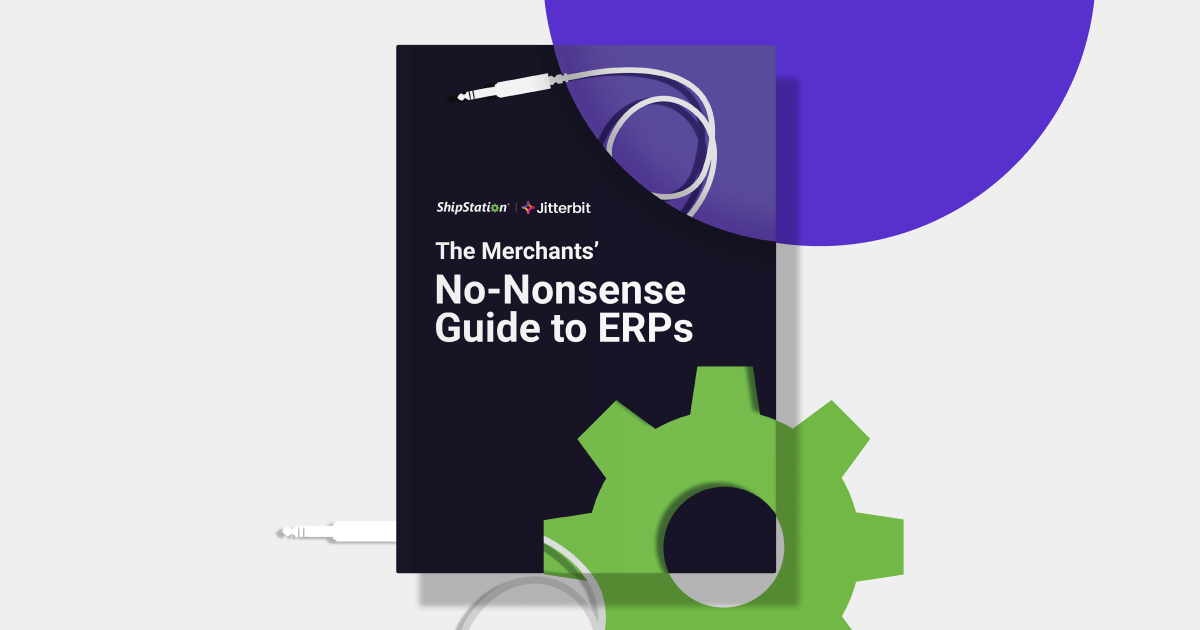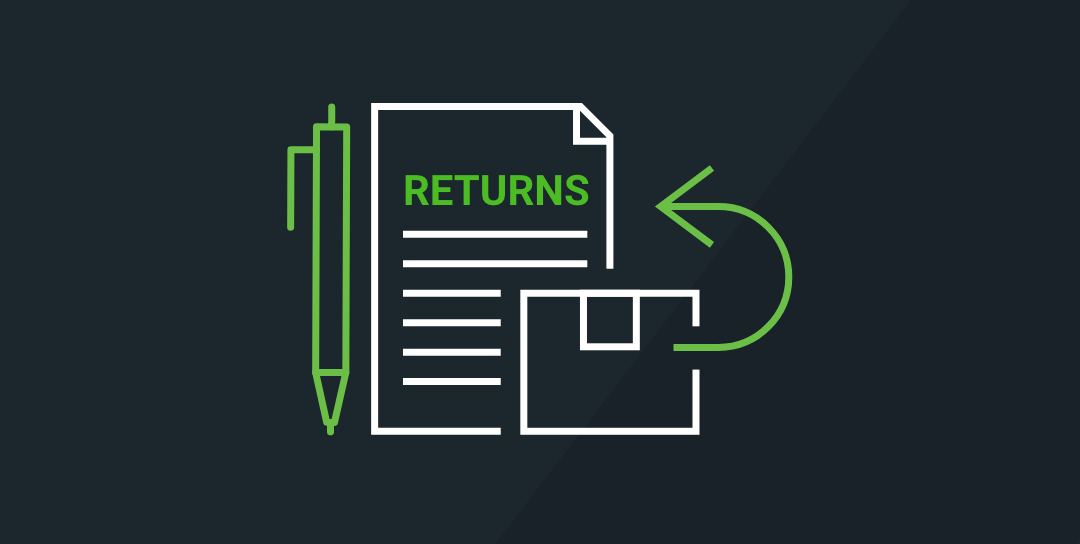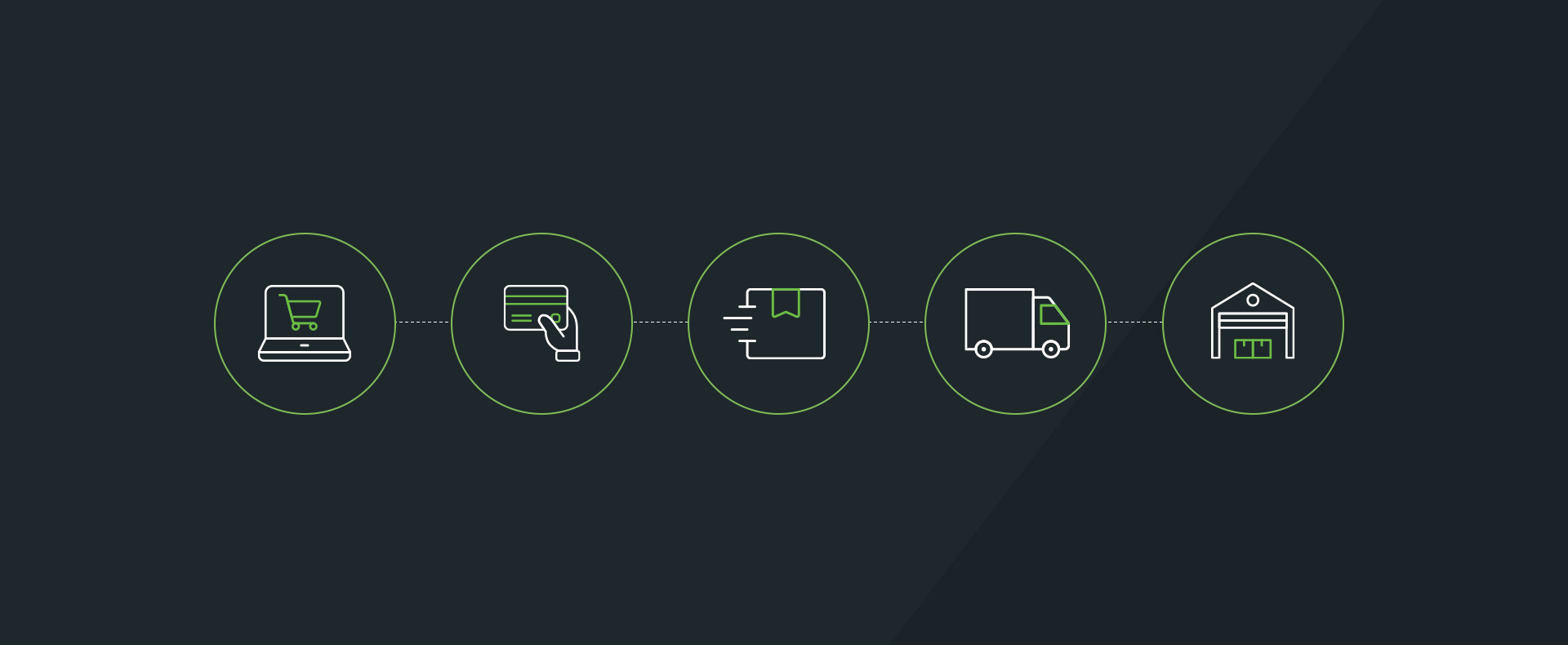DropShipping Pricing Strategy
Dropshipping can be competitive, so figuring out how to price your products can be the difference between winning a buyer or even making a profit. Finding the sweet spot of being competitive while still protecting your profit margins is one of the most important aspects of starting a dropshipping business.
Choosing a Dropshipping Industry
Before a pricing strategy can be chosen, you must decide on which type of products you are going to sell, the industry they are in, and what the price point of the product should be. These questions are crucial because even though there is little overhead for drop shipped items, their profit margins can be quite narrow. For instance, while electronics can be very popular items to sell online, their cost is so high that it can be challenging to sell them at a competitive price and still make a significant profit.
Product & Industry Competition
If you sell dropshipped items, other merchants are likely selling the same products. This is where a little strategy comes into play. If you don’t perform competitive analysis on the products you sell, it’s unlikely that you are going to rank highly on search results or charge the best price. These are a few things you’ll want to do:
Analyse Competitors’ Sites
If you are just breaking into a specific product niche, you need to analyze what established brands are charging, how they are promoting their product, and which keywords they are using to rank higher.
Use Google Ads
Google is much more than a search engine. And even when people are searching for specific terms, you can advertise above the top-ranked results with google ads. More or less a product advertisement, Google disguises it as a search result. It also generates a higher amount of clicks, which, in turn, leads to a higher page rank on Google.

Product Availability
Product availability is a major deciding factor on what to charge for a product. Since some products that people dropship are not widely available—like t-shirts for an obscure reference to a TV show—there can be a higher demand for your item. However, some products like portable USB chargers are quite common and frequently require a lower price point to be competitive. Knowing how much you can charge for an item while still encouraging sales is essential.
Seasonality & High-Demand Products
An item’s demand or seasonality is a major impact on its price. If you’re anything like me, you walk into a grocery store after Halloween, Valentine’s Day, and Easter with eager anticipation. Discounted holiday candy is delicious and can be quite cheap if you know when to buy it. This same pricing strategy is vital for items being drop shipped. If you are paying storage fees on products that are not in season, it may make sense to cut profits and at least break even.
Drop Ship Price Strategies
Pricing strategies for dropshipping are important. There is typically a lot of competition, and landing on the right price for all of the products you sell can be challenging.
Tiered Markup on Cost
Tiered markup on cost is a very common practice where less expensive items are sold at a higher price markup than more costly items. Think about it in terms of a restaurant. While a porterhouse steak could cost $25, there isn’t much of a markup on the price the restaurant paid for the steak. However, $0.03 worth of soda syrup and carbonated water is a $2 fountain drink. They may yield a similar profit amount, but the markup is vastly different. If you’re selling notebook computers and adapters, the adapters are marked up to a higher rate than the computers, and, largely, customers wouldn’t notice. A common practice is to sell items under $10 at a 50% markup and items over $100 at a 15-25% markup.
Mark-Down from MSRP
The MSRP (Manufacturer’s Suggested Retail Price) is not gospel. It is, as the term shows, the suggested price. Many big-ticket items like new cars are rarely bought at their MSRP sticker price. And while you’re likely not dropshipping new cars, charging below the MSRP is a great way to motivate buyers. Seeing an item listed with a 15% off and the slashed-through original price is a common trick to appeal to customers. While certain items have very common price ranges, like TVs, and deviating too far from the MSRP risks devaluing your brand or making the profit margins too low to make it worth it. More niche items like hoverboards have a price that fluctuates more. And retailers take advantage of undercutting the competition to move product.
Psychological Pricing
While $19.95 is functionally $20, odd pricing like this is a common tactic to make prices appear lower than they actually are. Whether we realize it or not, we tier pricing into intervals of tens, hundreds, etc. $0.99 is not in the same range as $1.00, and $999 is far less jarring than $1,000. Some merchants could be overlooking this tactic, and that is important to create a competitive price. Sometimes, undercutting the competition by a few cents can be just as effective as lowering the price by $5.
Fixed Markup on Cost
Fixed markup on cost can be tricky to pull off on certain items. But it ultimately means that you set a predefined profit margin on all items—say, 15% or $3 in profit on each item you sell. This practice is more commonly used for a minimum threshold on sales items.
How to Dropship in ShipStation
Regardless of if you are the dropshipper or the merchant, ShipStation allows you to dropship. Let’s discuss ways to accomplish this within ShipStation. Whether dropshippers need access to your ShipStation account or you need to export the orders to the dropshippers, you have options within ShipStation.
Option 1: Export orders from ShipStation to dropshipper
If your dropshipper doesn’t have access to your ShipStation account, the best option would be to send an exported file of your orders to the dropshipper. Here’s how to do that:
- Create a tag for the products fulfilled by your provider.
- Use a filter to display only orders that contain this tag.
- Export the orders to a CSV file.
Now, you can email the exported CSV file of orders to your drop shipper, or upload it into their preferred portal.
Once your drop-shipper has shipped these orders and sent you the tracking information, you can then mark the orders as shipped so they move to the Shipped status, and the tracking information uploads into ShipStation. ShipStation will then notify the selling channel these orders have shipped.
Option 2: Limit Access in ShipStation
In ShipStation, you can limit a user’s access to only seeing orders assigned to them. These restrictions work well for setting up a dropshipper user account. First, create a user profile for your dropshipper.
On the Permissions tab in the User Management modal, set the appropriate permissions for the user, typically users only give dropshippers permission to Order Management.
On the Restrictions tab, restrict them to only see Orders Assigned To Them and Shipments Assigned to Them.






